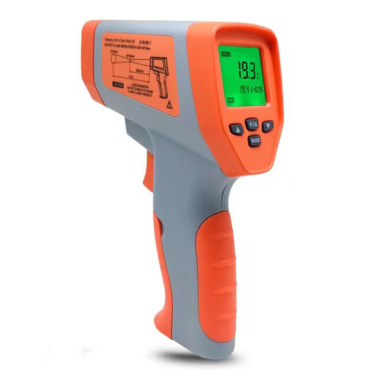How to Use an Oven Thermometer for Accurate Baking

# How to Use an Oven Thermometer for Accurate Baking
## Why an Oven Thermometer is Essential for Baking
Many home bakers assume their oven temperature is accurate, but the truth is most ovens run either hotter or cooler than their settings indicate. This discrepancy can lead to undercooked centers, burnt edges, or uneven baking results. An oven thermometer provides the solution by giving you an exact reading of your oven’s internal temperature.
## Choosing the Right Oven Thermometer
When selecting an oven thermometer, consider these factors:
– Analog vs. digital models
– Temperature range (typically 100°F to 600°F)
– Hanging or standing design
– Easy-to-read display
– Durability and heat resistance
## Proper Placement of Your Oven Thermometer
For the most accurate reading:
Place the thermometer in the center of the middle rack where most baking occurs. Avoid placing it too close to oven walls, the door, or heating elements. For best results, position it where your food will actually bake rather than on the oven door or side.
## How to Calibrate Your Oven Using a Thermometer
Follow these steps to ensure oven accuracy:
Step 1: Preheat Your Oven
Set your oven to 350°F and allow it to fully preheat (usually about 15-20 minutes).
Step 2: Check the Temperature
After preheating, read the thermometer. Note any difference between the set temperature and actual temperature.
Step 3: Adjust Accordingly
If there’s a consistent discrepancy, you may need to adjust your baking temperature or consider professional oven calibration.
## Maintaining Your Oven Thermometer
To ensure ongoing accuracy:
– Clean the thermometer regularly with a soft cloth
– Avoid submerging in water unless specified as waterproof
– Check for accuracy periodically by testing in boiling water (should read 212°F at sea level)
– Replace if the thermometer becomes damaged or gives inconsistent readings
## Baking Tips Using Your Oven Thermometer
Once you know your oven’s true temperature, you can make these adjustments:
- For ovens that run hot: Reduce baking temperature by the difference and monitor cooking time
- For ovens that run cool: Increase temperature accordingly or extend baking time
- For uneven heating: Rotate pans halfway through baking for more even results
Keyword: oven thermometer
## Common Baking Problems Solved by Proper Temperature
Many baking issues stem from incorrect oven temperatures:
– Cracked cheesecakes: Often caused by oven running too hot
– Dense cakes: May result from oven being too cool
– Uneven browning: Indicates hot spots or temperature fluctuations
– Over-spreading cookies: Frequently due to oven not being hot enough
By using an oven thermometer and adjusting your baking accordingly, you’ll achieve more consistent, professional-quality results in all your baked goods.